A planned trip to Normandy? Then discover our 5 ideas to visit the landing beaches: at the crossroads of history and the duty of memory!
Nearly 75 years ago, the greatest military operation took place all the time: the Allied Disembarkation of 1944. La Côté de Nacre with its beautiful beaches then saw the landing of American, English, French and all the world troops coming to free Western Europe. This land and its beaches still bear witness, through its landscapes, museums, memorials and military cemeteries of these historical operations. Do you want to relive history and immerse yourself in this impressive and heroic event? Then we tell you in this article our five ideas to visit the landing beaches in Normandy.
Walk in the footsteps of soldiers from all over the world landed here. Discover their stories and enjoy a solemn moment.
The landing beaches in a few words
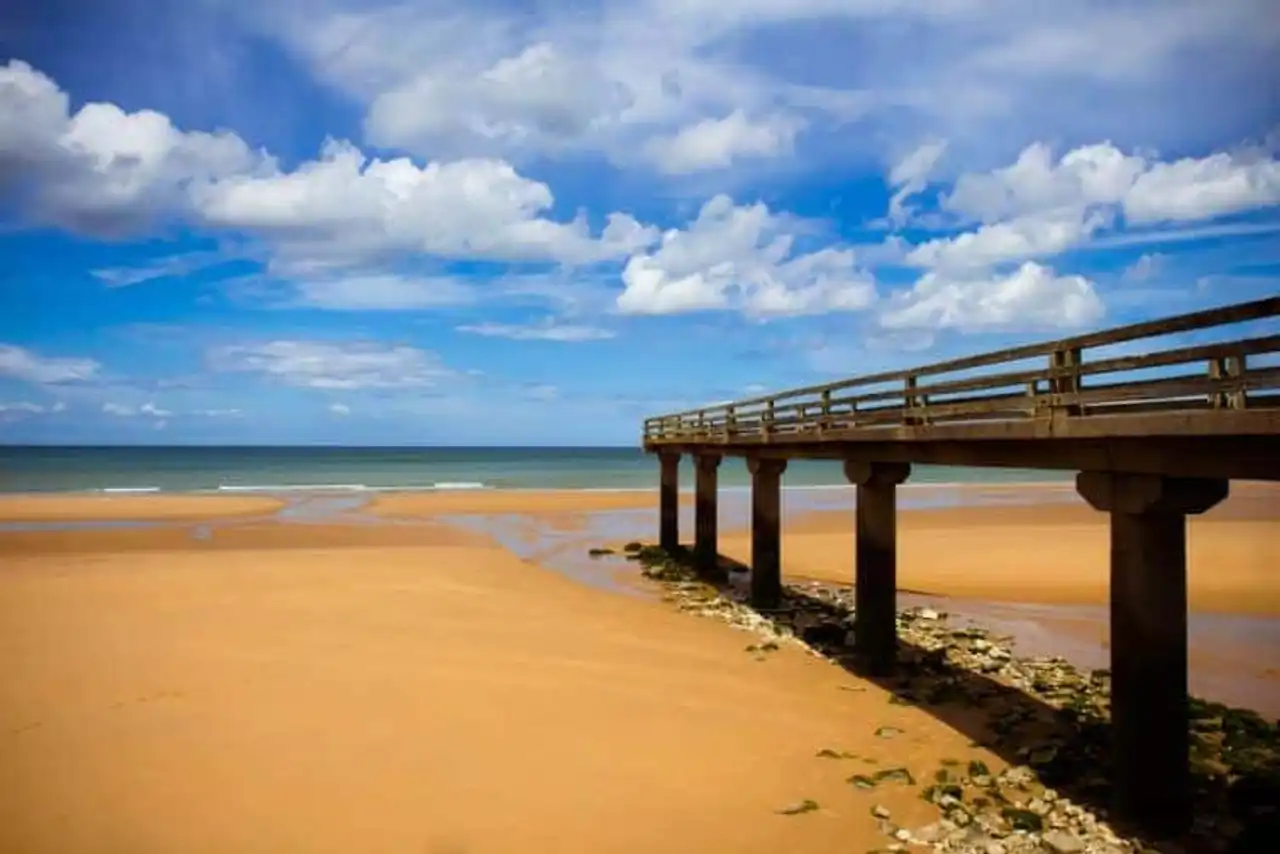
Photo credit: Shutterstock / space_krill
On the night of June 5-6, 1944, the Allied Disembarkation was launched in Normandy. This vast operation aims to create an allied bridge head in the northwest of Europe and thus open a new front to the west facing to Germany Nazi. That day, a hundred thousand American, British, French, Canadian, Polish, Czech and Australian soldiers will land on the five beaches chosen by the Allied Command. These five beaches all have a code name:
- Utah
- Omaha
- Gold
- Juno
- Sword
They extend between Sainte-Mère-Eglise, Bayeux and Cabourg . That day, and even more in the following days, thousands of soldiers will sacrifice themselves to hope to free Europe from the Nazi yoke. To commemorate these men and this titanic operation, the landing beaches in Normandy now house many places of memory. Among the immanquables are:
- The tip of Hoc
- Utah Beach and its Landing Museum
- Omaha Beach and the American military cemetery of Colleville-sur-Mer
1. Utah Beach
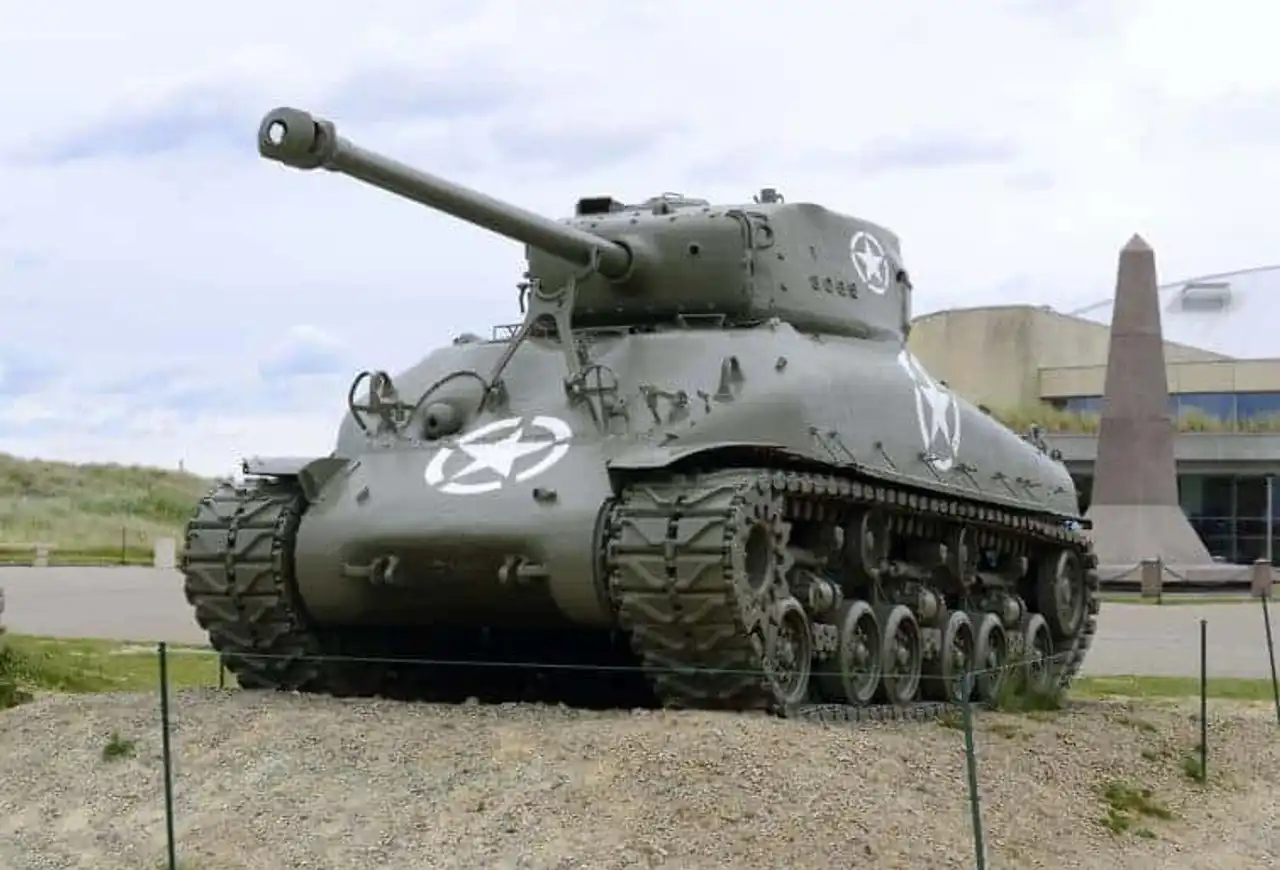
Photo credit: Shutterstock / Audrey Snider-Bell
Utah Beach is the first of the landing beaches in Normandy from the west. It extends from Sainte-Marie-du-Mont to Quinéville about 5 kilometers long, with a main assault area up to Varreville. This sector was very strategic for the Allies. Disembarking on Utah Beach allowed for the rapid removal of the port of Cherbourg .
The landing on this beach is certainly the least costly in human lives, with results close to the initial goals of the Allies. The success of this landing also lies in the parachutist troops of the 101st and 82nd airborne division dropped the previous night on the back of the beach. This operation is shown in the television series Band of Brothers created by Tom Hanks and Steven Spielberg.
- To Sainte-Mère-Eglise, the Airborne Museum pays tribute to the American divisions that were illustrated during the parachutings of June 6, 1944 and the day that followed.
- In the very place where the American forces landed on June 6, 1944, you will also find the exciting Utah Beach Museum. The latter offers a complete chronological journey of this historic event and landing on this strategic beach. The star of the museum, the organ of the collection, is an authentic B-26 bomber. We owe this device the success of the landing. If you come to visit the landing beaches in Normandy, don't miss this museum!
The best way to discover Utah Beach
To immerse yourself in the atmosphere, we recommend you start your visit to the landing beaches in Normandy by stopping at the Airborne Museum. Obviously, this option is the best if you start your discovery by the west. If you started with the beaches in the east, then this museum is to be done in the end, according to us.
You can then drive to Utah Beach Landing Museum, which is just a short drive away. 15 minutes by car of the Holy Mother Church. Visit the museum first, then take the time to walk on the beach. You will then have in mind the events and can better visualize them on the current site.
2. Omaha Beach
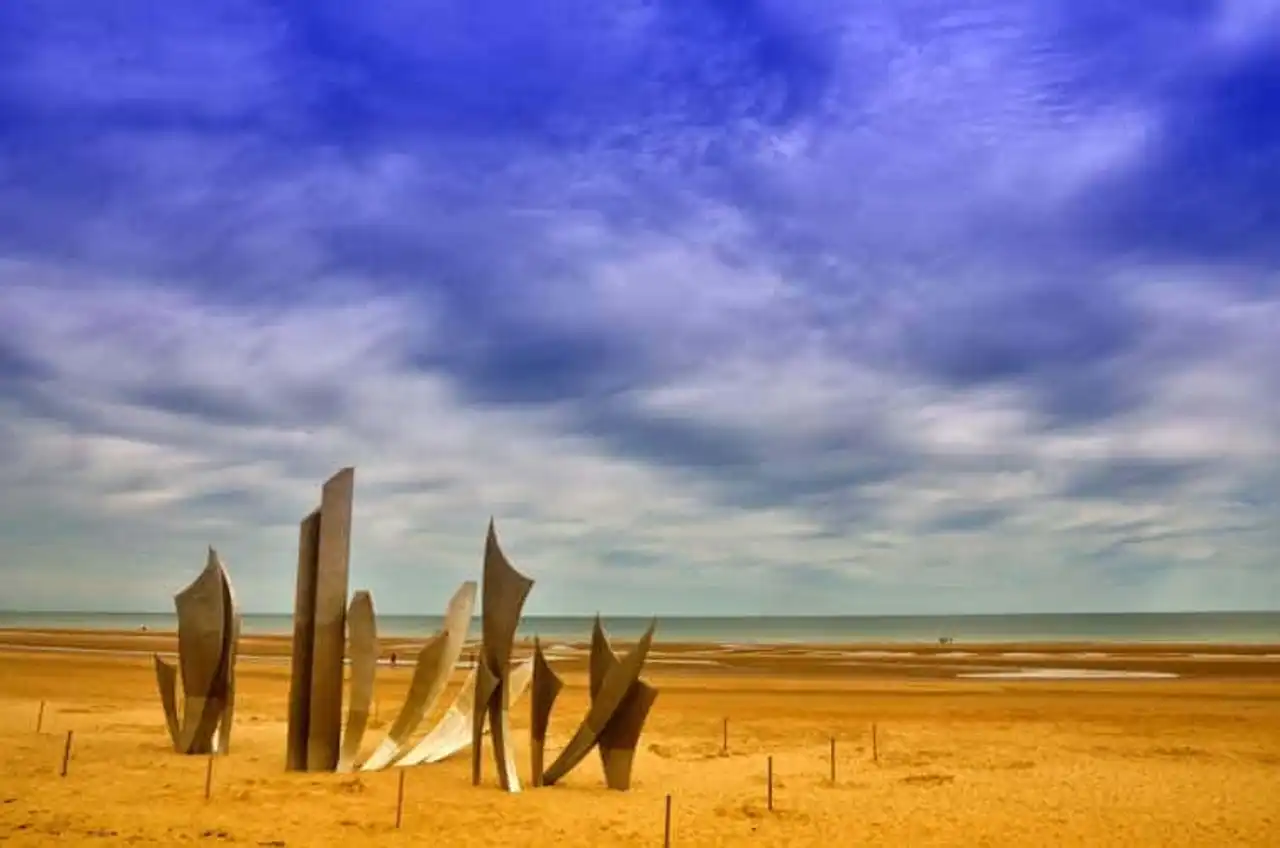
Photo credit: Shutterstock / MilaCroft
Omaha Beach is the second most west beach. It is also the best known of the landing beaches in Normandy. After all, if there’s a place where this gigantic operation almost failed, it’s on this beach of Omaha Beach, located in Colleville-sur-Mer! This is where the Allies suffered the most losses during the operation. She is so nicknamed Bloody Omaha (Omaha la sanglante). On the sand of Omaha Beach, Saint-Laurent-sur-Mer more precisely, thus stands Statue of the Braves .
In Omaha Beach, you can visit the important Omaha Beach Memorial Museum . You will also find the vast American cemetery of Colleville, inaugurated in 1956 and built in the heart of a space of 70 hectares granted by France to the United States . More than 9,000 tombstones are erected, perfectly aligned, on a majestic turf esplanade. The emotion is great and palpable! Behind the cemetery, in the land, you can also visit The Everlord Museum , which retraces the history of landing in its entirety. It also brings together a unique collection of more than 10,000 pieces, with more than 40 vehicles, tanks and canons.
Between Utah and Omaha Beach, you should also visit La Pointe du Hoc . Hardly fortified, the German canons of this position had to be completely neutralized for the success of the landing on both beaches. It was thus assaulted and captured in the morning of June 6 by Colonel Rudder’s Rangers, at the cost of heavy losses. Today, it bears witness to the violence of fighting.
The best way to discover Omaha Beach
After visiting Utah Beach, head east to Pointe du Hoc following D913, then N13 and finally the D514. By car, the journey lasts 40 minutes on average . You will then be able to reach by car via the D514 the beach of Omaha Beach, its museums and its cemetery. The journey is only from 10 minutes By car.
To discover Omaha Beach and visit the landing beaches in Normandy otherwise, you can also opt for two beautiful hiking trails!
- The circuit of the beach of Omaha offers a small wooden buckle, which starts at the Belambra parking lot. Follow the yellow marks that will lead you to the Omaha cemetery parking lot. From there you can choose to stop there or continue your path and visit it later, at the end of the hike.
- In this case, you will need to walk the parking lot along the road. Once you arrive at the roundabout, the service route will allow you to access a wooded road lined with ronces, before you reach a dunes landscape along the beach. You will then start the path of the Great American loopmore arduous, but full of striking vestiges and views. The Omaha cemetery can finally be reached at the end of this loop by a path that goes back to the viewpoint.
3. Gold Beach
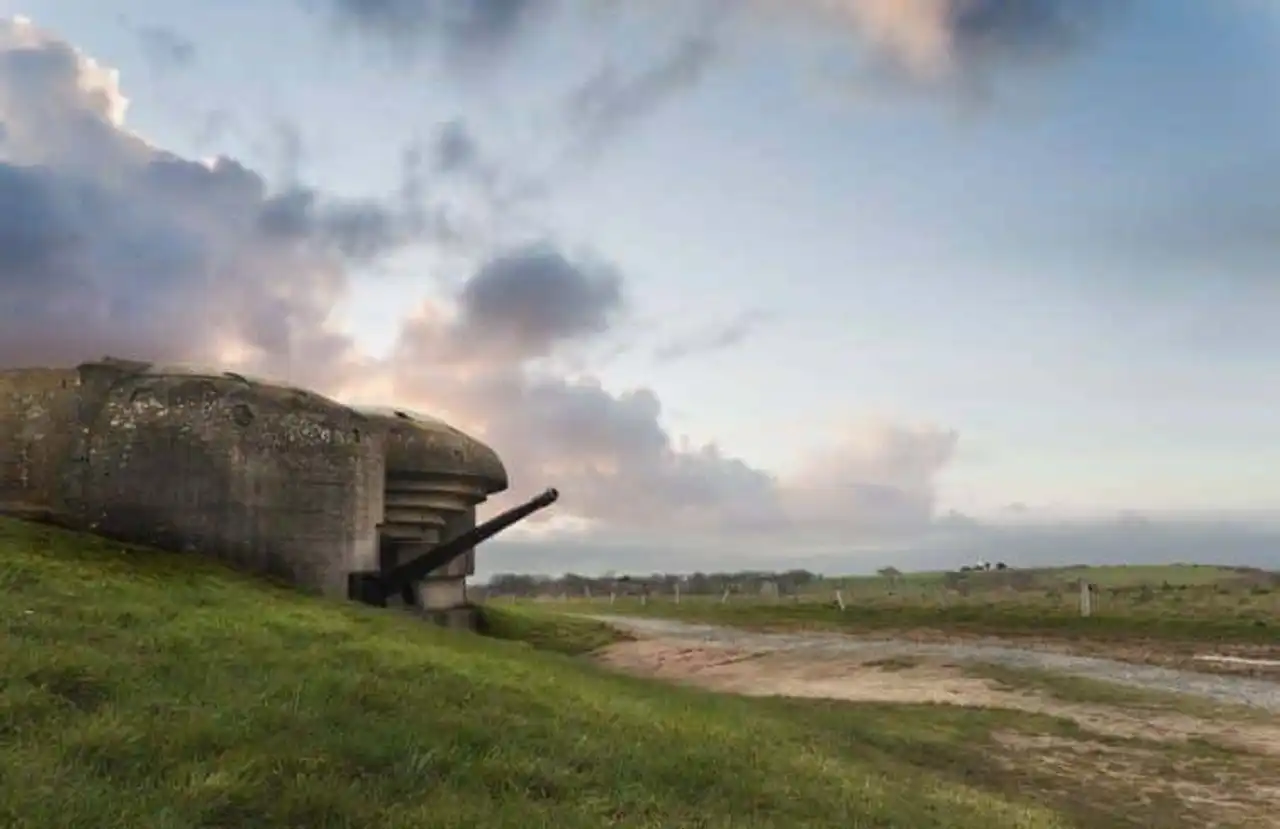
Photo credit: Shutterstock / photoneye
Located in the centre of the landing area, the Gold Beach sector is experiencing the landing of English forces. In Gold and Juno, the triple objective of the Anglo-Canadian army was to take Bayeux, to bar the main axis Bayeux-Caen to any German tank and to operate the branch with the Americans in Port-en-Bessin. The targets were mostly met in the morning of 7 June. Arromanches, immediately west of Gold Beach, will be transformed into a vast artificial port. We can still see the remains of the latter today.
In Gold Beach, if you want to visit the landing beaches in Normandy, do not miss these two museums:
- The Museum of Landing, which returns in detail on the design and construction of the port.
- You will also find it Arromanches 360. This circular cinema presents the integral history of the Battle of Normandy.
The best way to discover Gold Beach
Arromanches is located in 30 minutes only from Omaha Beach. You will still have to follow the D514 road to the east. On the way, you can stop at the Longue-sur-Mer battery. These coastal defences testify to the impressive fortifications of the Germans and the harsh fighting. However, there is no explanatory sign.
4. Juno Beach
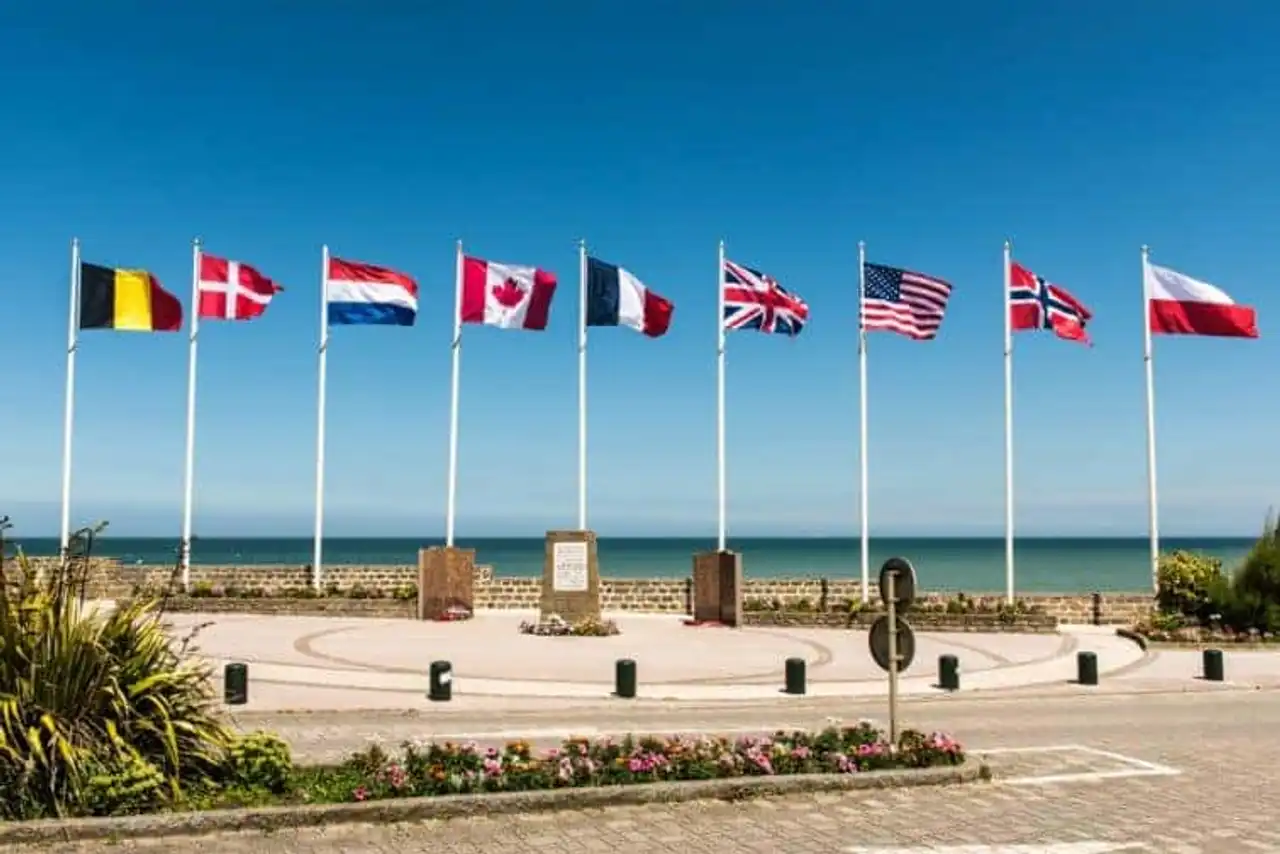
Photo credit: Shutterstock / Annotee
The Juno Beach sector is the one for Canadians. On June 6, 1944, 14,000 Canadians and 9,000 British landed on this beach. These troops suffered heavy losses on this sector, due to strong German resistance, bad weather and less effective bombing than hoped. Despite disappointments, the targets were globally met in the morning.
On site, you can visit today Juno Beach Centre which presents this Anglo-Canadian landing and the conduct of operations in this sector.
The best way to discover Juno Beach
Juno Beach is located in Courseulles-sur-Mer, just like the museum of the same name. You can reach this city in only 20 minutes by car from Arromanches . You will also have to follow the same D514 road to the east.
5. Sword Beach
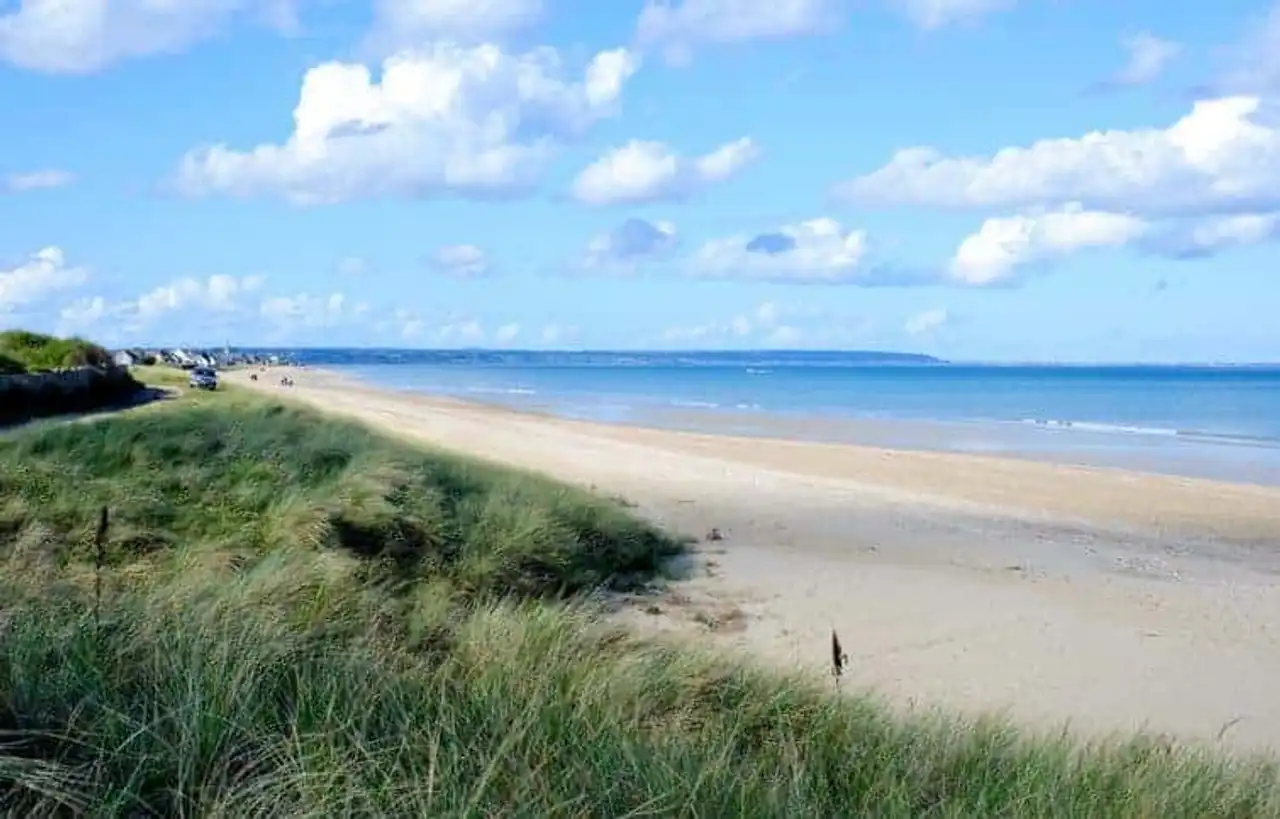
Photo credit: Shutterstock / CTatiana
Sword Beach is the most east beach. This area is the only one of the five landing beaches where French commandos arrive. This is where the N°4 Commando Franco-British arrived at Sword Beach on June 6, 1944. This beach is 8 kilometers long, and stretches ’Yesstreham in Saint-Aubin-sur-Mer.
In this area we recommend visiting N°4 Commando Museum , as well as Atlantic Wall Museum Bunker . Both are in Ouistreham.
The best way to discover Sword Beach
We advise you to reach Ouistreham by car. The city is located in 30 minutes by car from Courseulles-sur-Mer . You will still have to follow this same road D514. On site, first visit both museums and then go back to the beach Sword Beach at your convenience.
You will then have totally visited the landing beaches in Normandy!
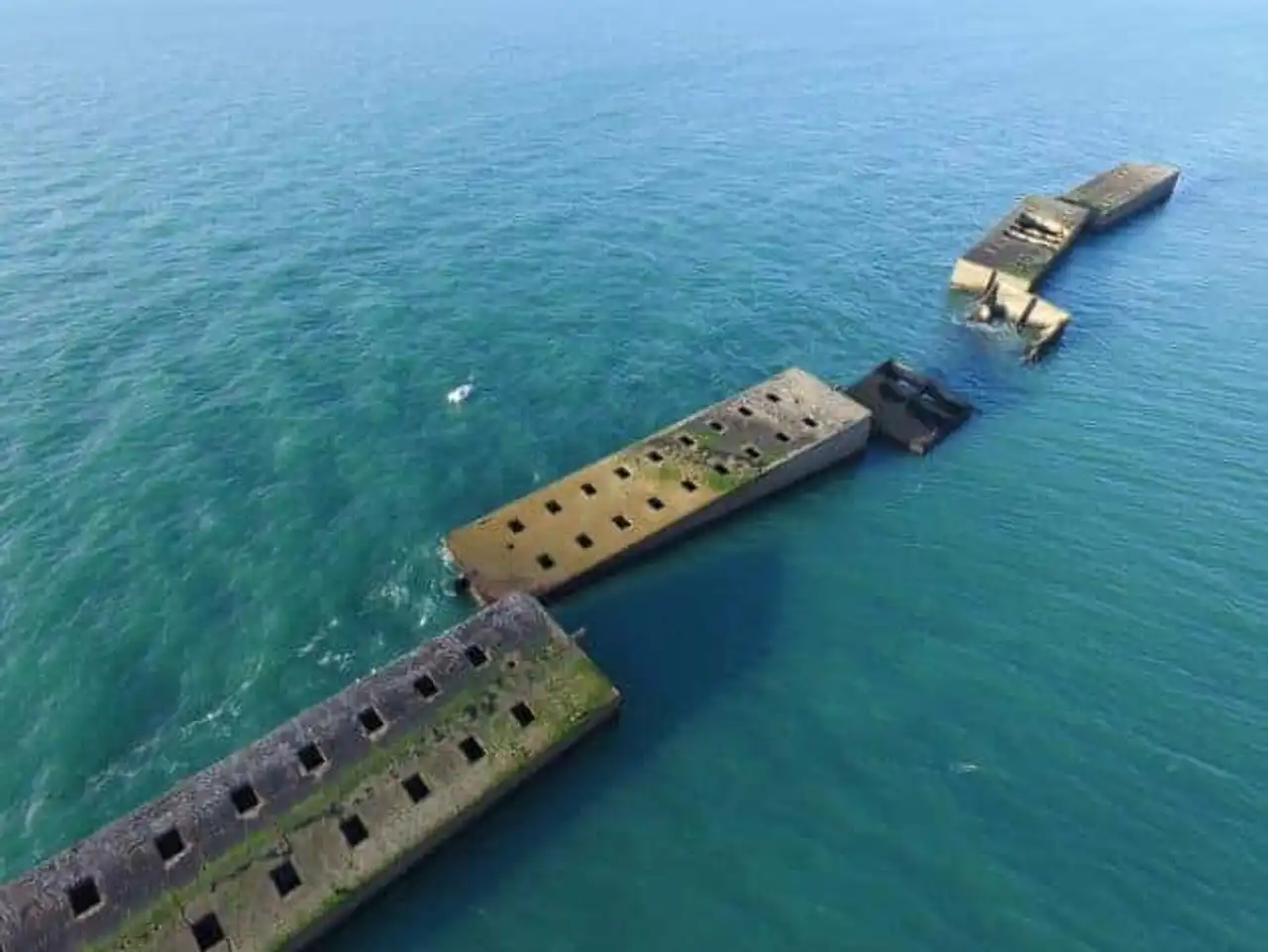




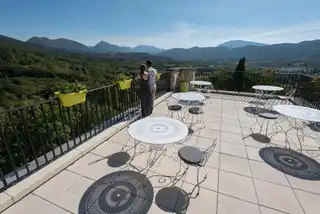
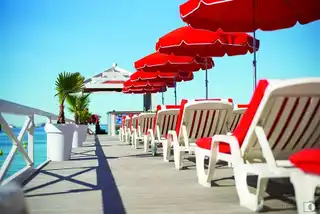
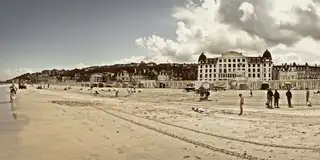
Loading comments ...